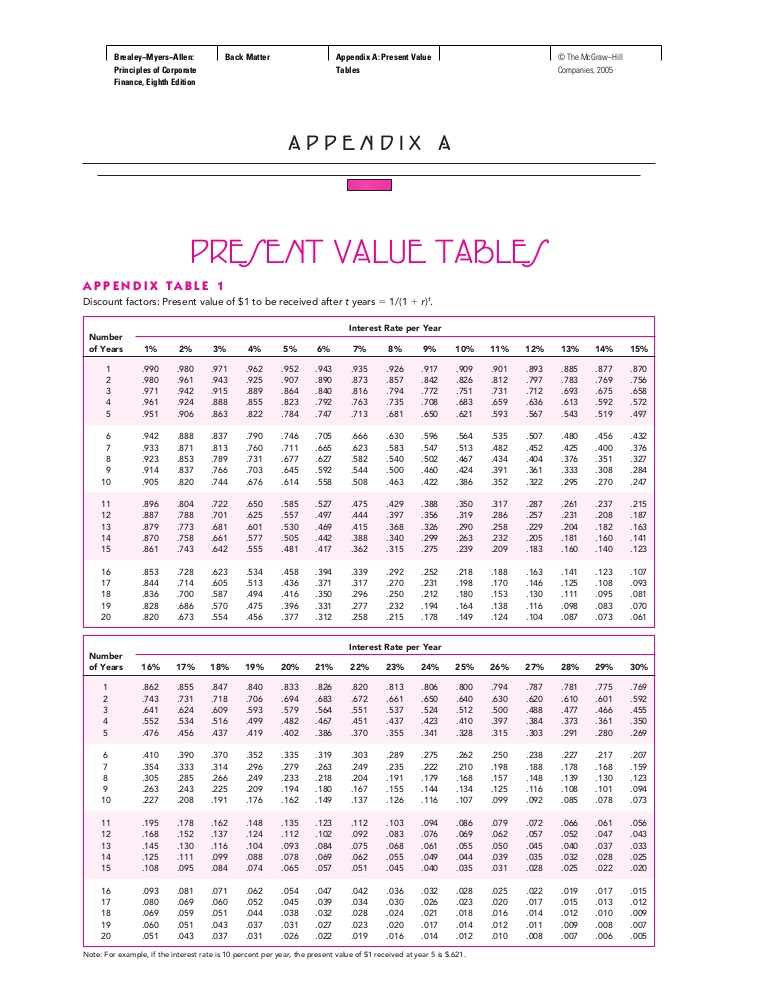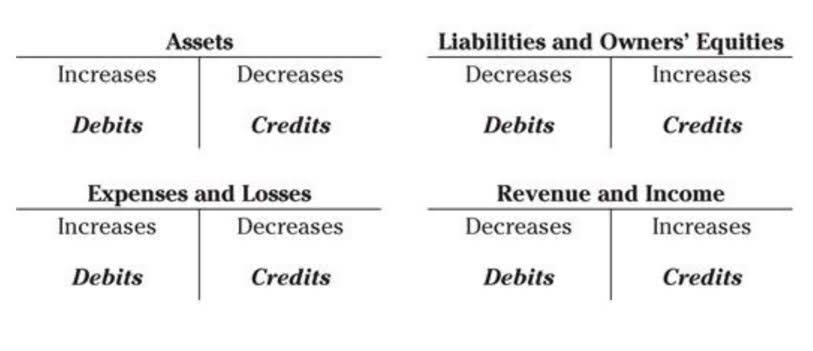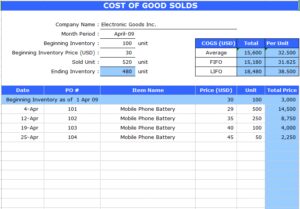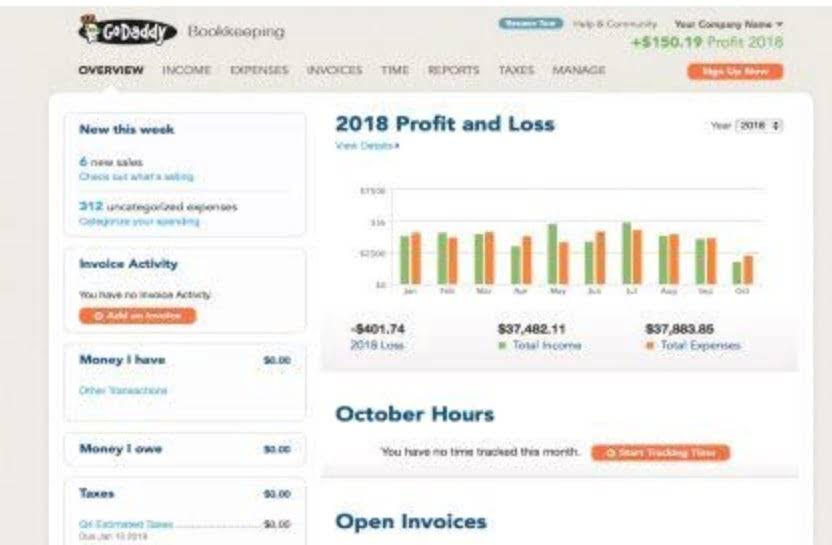With capabilities extending to case tracking, billing, and document management, it is particularly suitable for law firms dealing with sensitive cases that require stringent compliance management. Legal and trust accounting software is the best way for small to mid-sized law firms to comply variance in accounting with rules that many legal jurisdictions have regarding funds held in trust on behalf of a legal client. Law firms require accounting software because they deal with intricate financial activities that are unique to the legal profession. Unfortunately, these complexities are not appropriately addressed by general accounting software. Rocket Matter is a law firm practice management software with a focus on automated time tracking and billing. By simplifying and automating these tasks, it seeks to improve operational efficiency within law firms.
Accounting Software Integrations and Apps for Law Firms
Unearned funds must be held separately from earned amounts until the point in which they are put toward the client’s case. Proper trust accounting processes put in place by each individual jurisdiction require law firms to manage those funds in a particular way. Some accounting software helps prepare your taxes, or if your law firm hires an accountant to prepare your taxes, legal accounting software helps keep accurate records that are essential at tax time. Moreover, many online accounting tools, such as Clio Accounting, have options to generate useful online reports for tax filings in just a few clicks. With that said, it’s not always a simple or easy decision to choose new technology for your practice.
Although it can benefit law firms of any size, QuickBooks tends to work well with smaller and midsize firms. Law changes in working capital firm accounting software is designed to streamline financial management for legal practices, ensuring accuracy, compliance, and efficiency. Below are five primary benefits that such software provides to users and organizations. ActionStep is a comprehensive practice management software with an integrated accounting module. It centralizes case, document, and billing management, making it an all-in-one solution for law firms seeking simplified operations. Trust accounting is the process of tracking and managing client funds that are held in trust.
Best Legal Accounting Software for Lawyers
Thomson Reuters eBillingHub is a comprehensive billing best church accounting software 2023 solution designed specifically for law firms. It provides a streamlined process for preparing, submitting, tracking, and managing electronic bills. Due to its reputation for accuracy and reliability, it’s especially fitting for law firms seeking the assurance of a trusted brand.
QuickBooks Online
- This integration provides a unified platform for managing both financial and operational aspects of a law firm.
- This trend is crucial for maintaining client trust and data integrity.
- FreshBooks provides the accounting support you need and takes care of the data entry and migration from QuickBooks Online, Word, or any other accounting systems or bookkeeping software.
- This software differentiates itself by combining practice management and accounting in one platform, simplifying the workflow.
- In Clio Accounting, you can reconcile your accounts, track payments, and generate reports to ensure accuracy and reduce manual errors.
Law firms have additional rules and regulations when it comes to managing client funds. Since these rules are unique to law firms, generic accounting solutions weren’t built to meet those particular needs. Many law firms prefer to use a legal accounting solution that has built-in protections to keep them compliant at all times. Below is a list of additional law firm accounting software options that we shortlisted, but did not make it to the top 10.
While there are many law firm accounting options to choose from, the key is to look for options that have the features that matter most to your firm. When you know exactly where your law firm’s money is, it’s easier to identify what parts of your firm are successful and where you’re struggling, to make more informed and strategic business decisions. Sage Accounting is most suitable for smaller law firms and sole proprietors. Instead, it is a straightforward program that can give law firms peace of mind that their operations are being managed and monitored reliably. FreshBooks provides the accounting support you need and takes care of the data entry and migration from QuickBooks Online, Word, or any other accounting systems or bookkeeping software. Ditch your outdated templates and create professional invoices that capture every detail of billable work.
Additionally, these software solutions often provide customizable invoice templates, electronic payment options, and integration with client management systems, making it easier to manage and track payments. Security is a critical concern for law firms, given the sensitive nature of client information and financial data. Law firm accounting software typically includes robust security features such as data encryption, multi-factor authentication, and regular security updates. Additionally, many solutions offer role-based access controls, ensuring that only authorized personnel can access specific financial information.
Clio Accounting, for example, connects to your bank account feeds and talks directly with Clio Manage and Clio’s Xero integration lets you automatically connect client invoices and expenses. ZipBooks is considered by many to be the best accounting software for smaller law firms. On top of that, ZipBooks is more than reasonably affordable; it’s highly affordable compared to many options.
QuickBooks tracks every dollar coming in and going out of the firm. You can instantly run financial statements to see how business is doing. Generate statements such as cash flow, profit and loss, balance sheets, etc. Email reports directly to clients, banks, partners, or equity members. Integrations include many popular practice management systems, document management systems, and financial systems to support a unified workflow.



















